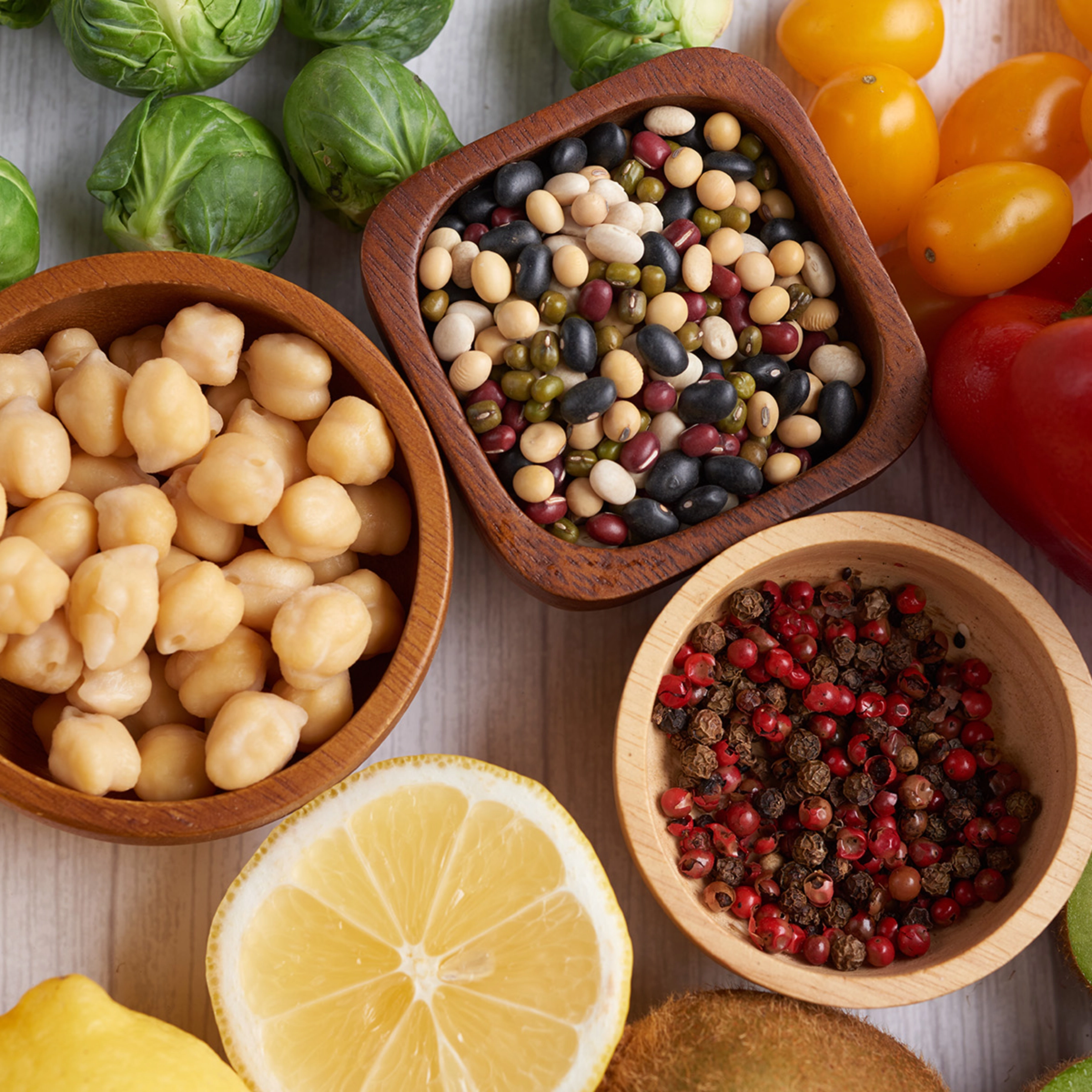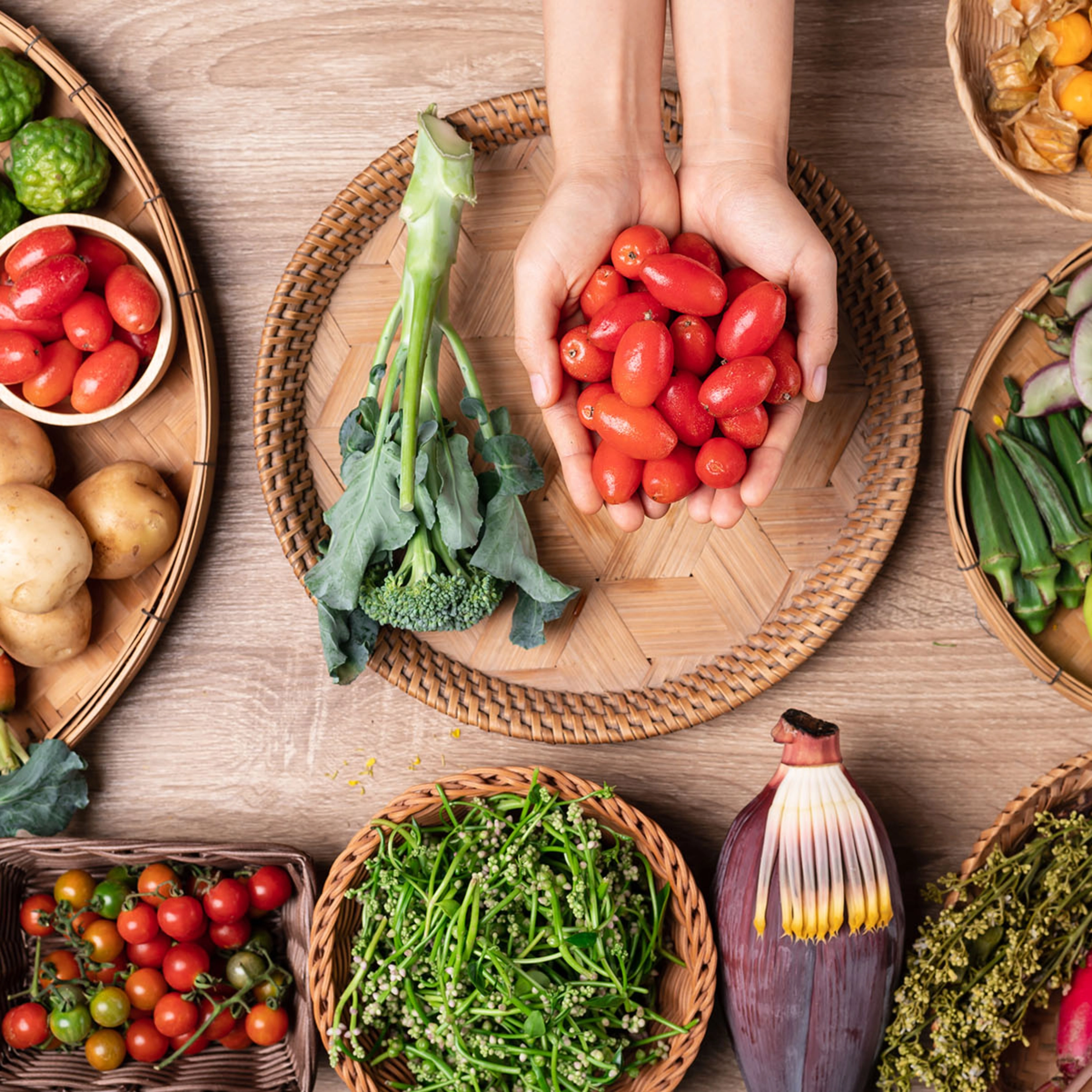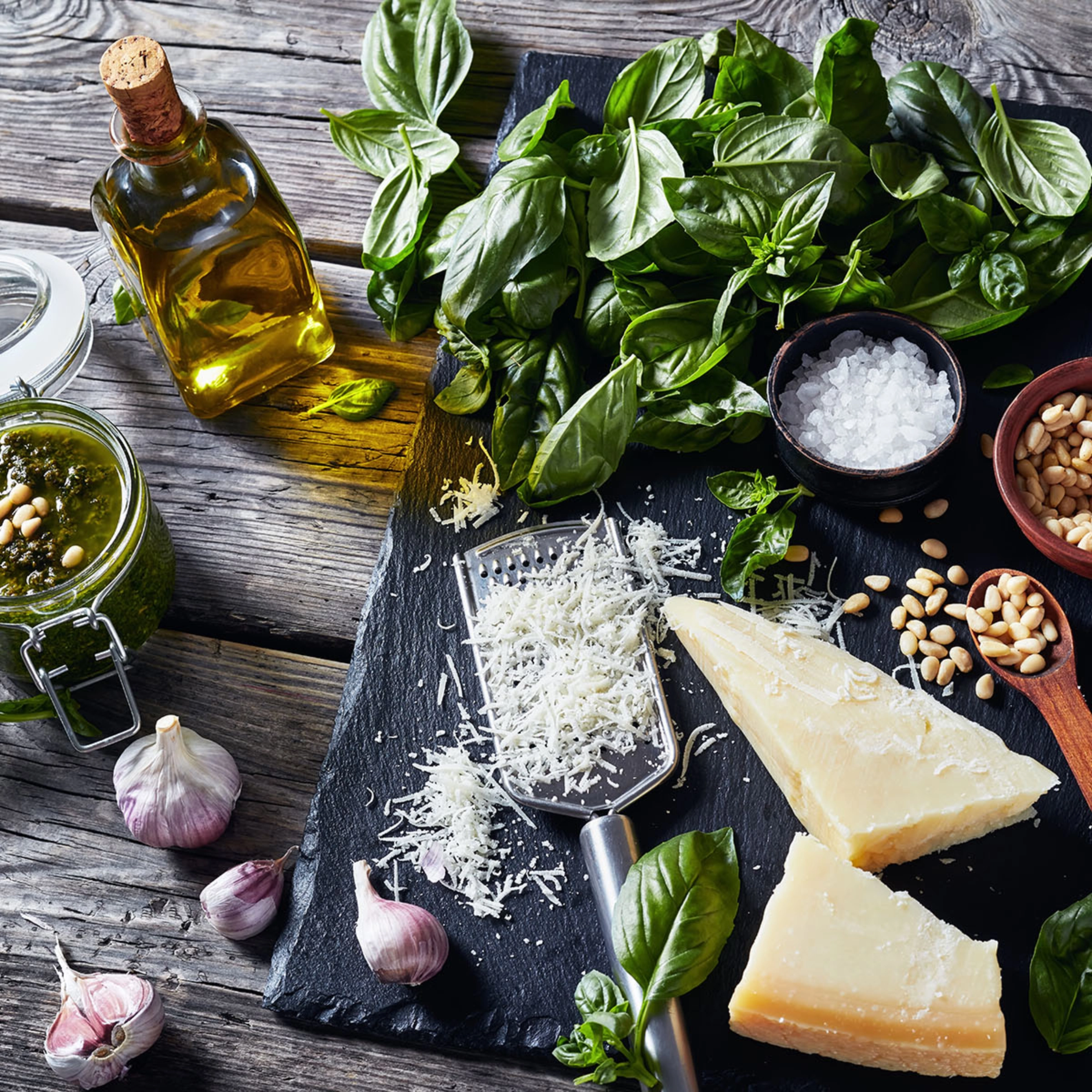Climate-friendly recipes

The climate crisis and the reduction of our ecological footprint have become important topics in recent years. A very effective way to reduce our ecological footprint is switching to a climate-friendly diet. In this article, you will find out how best to achieve this and what to consider when creating climate-friendly recipes.
What are climate-friendly recipes?
A climate-friendly recipe is a recipe that reduces environmental impact through food consumption.
The following factors define a climate-friendly recipe:
- Use of organic ingredients
- Choice of seasonal and regional ingredients
- Use of plant-based foods
- Avoidance of food waste

Why is climate-friendly nutrition important?
A climate-friendly diet is primarily important because global dietary habits have significant impacts on the environment - but not only that. A climate-friendly diet is also very beneficial for our health.
The climate crisis and its effects on the environment have serious consequences for all of us and can lead to a variety of problems, including extreme weather events, food shortages and rising sea levels. A climate-friendly diet can help reduce the ecological footprint of food production and thereby contribute to combating climate change.
Our body also benefits from a climate-friendly diet. A diet rich in plant-based foods can help reduce the risk of heart disease, diabetes and other chronic illnesses.

The connection between nutrition and climate change
Our diet has a direct impact on climate change. In particular, the production of meat and dairy products is very energy and resource-intensive, as it requires large amounts of water, feed and land. Moreover, livestock produce methane through their digestion, a climate-damaging gas.
By choosing a climate-friendly diet, we can reduce our ecological footprint and thus contribute to the protection of our planet.
A climate-friendly diet is based on plant-based foods and reduces the consumption of animal products. By using seasonal and regional ingredients, transport effort can also be minimized, leading to a reduction in carbon emissions.

The Impact of our Diet on the Environment
Agricultural production and food transportation contribute significantly to environmental impact, particularly regarding climate change, biodiversity, and resource use:
- Climate change: In particular, the production of meat and dairy products is responsible for a large share of greenhouse gas emissions contributing to the climate crisis.
- Biodiversity: Intensive farming and the use of pesticides and fertilizers can lead to a loss of biodiversity and negatively impact important ecosystems.
- Water use: Agricultural production requires large quantities of water, especially for the production of meat and dairy products.
- Soil quality: Intensive agriculture can negatively affect soil quality and contribute to erosion.
- Food waste: Food waste is a significant problem leading to unnecessary environmental impact through the production of food and the disposal of waste.
Which foods are particularly climate-friendly
There are several climate-friendly foods which represent a good choice for a more sustainable diet:
- Vegetables and fruit
- Legumes
- Wholegrain products
- Nuts and seeds
- Mushrooms
These foods are not only more climate-friendly but also healthy and delicious. By choosing a diet with a higher proportion of plant-based foods, we can reduce our ecological footprint and at the same time promote our health.

The climate friendliness of animal and plant-based foods
Animal-based and plant-based foods differ considerably in terms of their climate-friendliness. In general, plant-based foods are more climate-friendly than animal products.
Reasons for this include, among others: animal products such as meat, dairy products, and eggs produce significantly more greenhouse gas emissions than plant-based foods. This is because animal farming produces large amounts of methane and nitrous oxide, which are significantly stronger greenhouse gases than carbon dioxide.
Furthermore, the production of animal products requires substantially more resources such as water, energy, and land compared to the production of plant-based foods. In particular, meat production demands much more resources than the production of plant-based foods.
Animal farming itself produces significant amounts of waste and greenhouse gas emissions, which can harm the environment. Plant-based foods generally produce less waste and have a lower ecological footprint. Intensive animal farming can lead to deforestation and loss of habitats, which can negatively impact biodiversity.

Climate-friendly ingredients for your kitchen:
Superfoods and regional products
"Superfoods" are foods considered especially nutrient-rich and health-promoting. Ideally, include the following climate-friendly superfoods on your shopping list the next time you shop:
- Quinoa
- Kale
- Oat flakes
- Flaxseeds
- Mushrooms
- Blueberries
By choosing climate-friendly superfoods, we can enhance our diet while protecting the environment at the same time.

Pesto from basil and sunflower seeds

Ingredients:
- 2 cups fresh basil
- 1/2 cup roasted pine nuts
- 1/4 cup sunflower seeds
- 1/2 cup grated parmesan
- 2 garlic cloves, chopped
- 1/2 cup extra virgin olive oil
- juice of half a lemon
- a pinch of salt and pepper (more, according to taste)
Instructions:
- Wash the basil and pat dry.
- Toast the pine nuts and sunflower seeds in a pan until golden brown.
- Place the grated Parmesan and chopped garlic in a food processor and blend until well combined.
- Add the basil to the toasted seeds and blend again until everything is finely chopped.
- Add the olive oil and lemon juice and continue blending until the pesto reaches the desired consistency.
- Season with salt and pepper and serve.
Everything you need to know about "Nachhaltig kochen" can be read in this article.
Tips for environmentally conscious food preparation
We share with you 5 more tips to make your food preparation even more environmentally conscious:
- Use natural cleaning agents for dishwashing.
- Use reusable containers for storing leftovers.
- Make use of your leftovers.
- Utilise the residual heat of your oven by turning the oven off before your food is completely done and letting it finish cooking in the residual heat.
- Use alternative cooking methods that consume less energy than traditional methods. For example, you can prepare foods in a Slow Cooker or a solar oven. These methods are more energy-efficient and thus have a smaller CO2 footprint.

5 inspirations for climate-friendly recipes
We are happy to give you further inspiration for your next climate-friendly dishes:
- Vegetable stir-fry
- Veggie Burger
- Lentil soup
- Baked pumpkin
- Sushi rolls with vegetables


Climate-friendly recipes from Nolte Küchen
Books on climate-friendly nutritionWe recommend the following books on the topic of climate-friendly nutrition:
- "Eating climate-friendly: Good for you and good for the climate" by Eaternity This book addresses the connection between diet and climate change. It contains tips and recipes for climate-friendly eating and provides a comprehensive overview on the topic.
- "How we save the earth by eating less meat" by Jonathan Safran Foer In this work, the author examines the role of meat in our diet and how meat consumption affects climate change. It offers insights into industrial animal husbandry and gives tips for a plant-based diet.
- "Enjoy climate-friendly: Seasonal, regional and organic" by Maria Flachsbarth This book focuses on how we can achieve climate-friendly eating by choosing seasonal, regional, and organic foods. It contains recipes and tips for shopping and preparing climate-friendly foods.


















